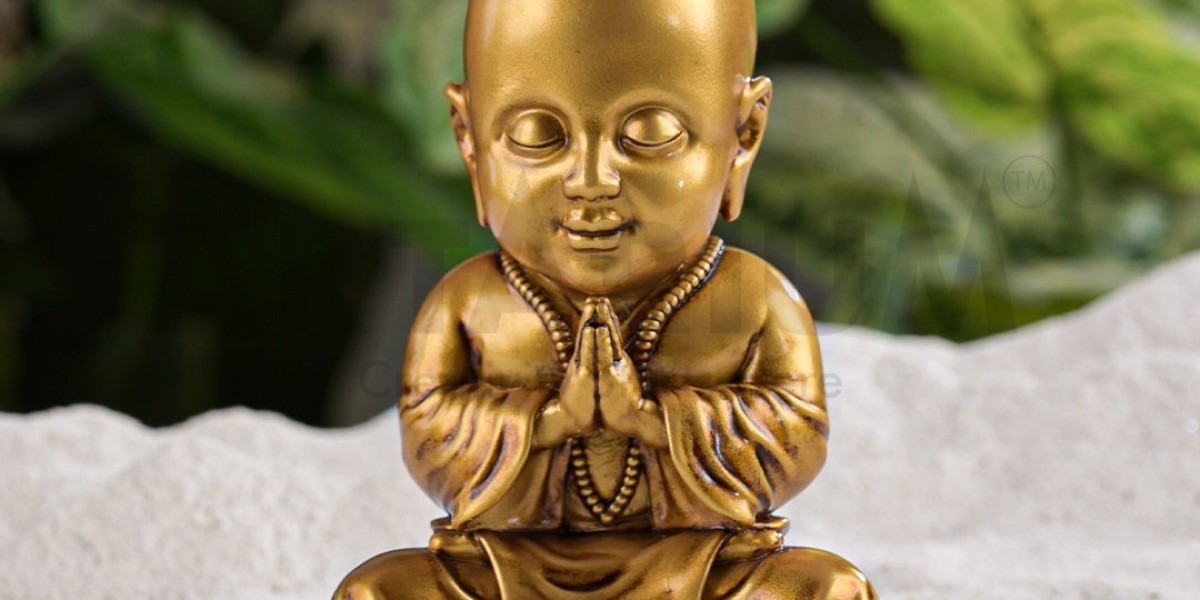Introduction
The term "Little Buddha" is a nickname given to a child believed to be a reincarnation of Buddha. This concept is deeply rooted in Mahayana Buddhism, particularly in Tibetan and Japanese Buddhist traditions. The story of Little Buddha has intrigued many people worldwide, sparking curiosity about the spiritual journey of such an individual. In this post, we will delve into the fascinating world of Little Buddha, exploring the concept of reincarnation, the life of Siddhartha Gautama (the historical Buddha), and the significance of Little Buddhas in various Buddhist traditions.
The Concept of Reincarnation
At the heart of Buddhism lies the belief in reincarnation, also known as the cycle of birth and rebirth. According to Buddhist teachings, life is a continuous process of change, and the soul (or consciousness) is reborn after death into another existence. This process is driven by the law of karma, which states that one's actions in life will determine their future experiences.
The Ideal of a Little Buddha
In Buddhism, the concept of a Little Buddha refers to a child who is believed to be a reincarnation of the historical Buddha, Siddhartha Gautama. These children are often identified through various signs and miracles, such as displaying extraordinary wisdom, compassion, or supernatural abilities. They are believed to possess the potential to attain enlightenment and become Buddhas themselves.
The Life of Siddhartha Gautama
To understand the significance of a Little Buddha, it is essential to know the life of the historical Buddha, Siddhartha Gautama. Born in the 5th century BCE in present-day Nepal, Siddhartha was raised in luxury as a prince. However, he was deeply troubled by the suffering he witnessed in the world and embarked on a spiritual journey to find the truth about life and its purpose.
After years of rigorous meditation and self-discipline, Siddhartha attained enlightenment under a bodhi tree and became the Buddha (meaning "the awakened one"). He then dedicated the rest of his life to teaching others about the path to enlightenment, known as the Middle Way, which avoids the extremes of self-indulgence and self-mortification.
Little Buddhas in Tibetan Buddhism
Tibetan Buddhism places significant importance on the concept of Little Buddhas. In this tradition, it is believed that a Little Buddha is an emanation of a high-ranking bodhisattva (an enlightened being who has postponed their own nirvana to help others attain it). These children are often identified during their early years and are then given a rigorous spiritual education.
One of the most famous examples of a Tibetan Little Buddha is the 7th Karmapa, Chodrak Gyatso (1456-1506). He was recognized at the age of four and went on to become one of the most influential figures in Tibetan Buddhism. Another notable example is the 14th Dalai Lama, Tenzin Gyatso, who was recognized as the reincarnation of the 13th Dalai Lama at the age of two.
Little Buddhas in Japanese Buddhism
In Japanese Buddhism, the concept of Little Buddhas is also present, particularly in the Shingon and Tendai traditions. One of the most well-known examples is the story of Prince Shotoku (574-622 CE), who is revered as a bodhisattva in Japan. Although not explicitly recognized as a Little Buddha during his lifetime, Prince Shotoku is believed to have been an enlightened being who contributed significantly to the spread of Buddhism in Japan.
The Spiritual Journey of a Little Buddha
The journey of a Little Buddha is one of spiritual growth, dedication, and service to others. These children are believed to have a natural inclination towards compassion, wisdom, and spiritual practice. They often receive a unique education that combines both secular and spiritual knowledge, preparing them for their future role as spiritual leaders or teachers.
As they grow older, Little Buddhas may undergo extensive meditation and contemplation practices to deepen their understanding of the nature of reality and the path to enlightenment. They may also engage in various acts of charity, compassion, and service to help alleviate the suffering of others.
Conclusion
The concept of Little Buddha is a fascinating aspect of Mahayana Buddhism, highlighting the potential for human beings to attain enlightenment and become Buddhas themselves. Through the stories of historical figures like Siddhartha Gautama and contemporary examples like the Dalai Lama, we can gain insight into the spiritual journey of these extraordinary individuals. By understanding the significance of Little Buddhas, we can be inspired to cultivate our own wisdom, compassion, and spiritual growth, ultimately contributing to a more harmonious and enlightened world.








